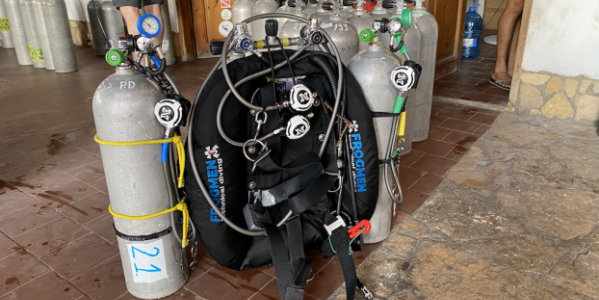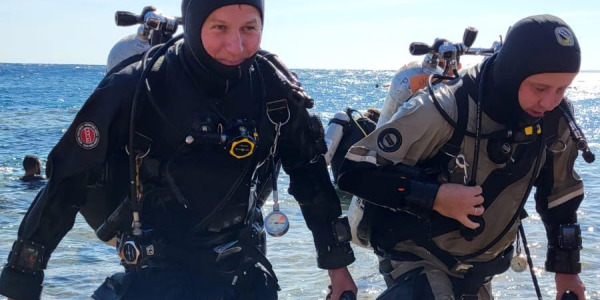
Dive planning - how to do it?
Remember! always plan your dive and dive according to plan. This is the basic principle of diving, which should always be followed by every diver, especially during technical dives. The more complicated the dive we want to do, the more carefully it should be planned and thought out.
Read more
Underwater Navigation: How to Choose the Perfect Diving Compass?
Underwater navigation is a critical skill that ensures diver safety, especially in challenging environments such as deep waters, caves, or wreck diving. A diving compass is one of the most important tools for precise underwater orientation. With it, a diver can track their route, determine bearings, and efficiently return to the starting point. In this article, we will discuss how to choose the right diving compass and which features are essential for optimal underwater navigation.
Read more
How to Service Diving Equipment: Essential Tools, Skills, and Parts Needed
Regular maintenance of diving equipment is essential for safety and efficiency during dives. This article outlines how to conduct upkeep on regulators, tanks, BCDs, and other accessories. You'll learn what tools and parts are necessary and what skills are required for effectively maintaining your gear in top condition.
Read more







